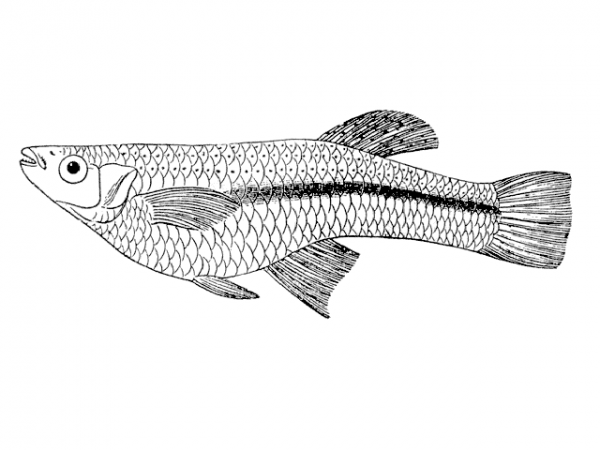Facts About Gambusia
Gambusia, a genus of livebearing fish in the Poeciliidae family, encompasses over 40 species predominantly found in freshwater environments, though some thrive in brackish or saltwater habitats. The Cuban gambusia, scientifically known as Gambusia punctata, is the type species of this genus. Texas, Mexico, and the Greater Antilles boast the highest diversity of Gambusia species, but their range extends to the eastern and southern United States, the Bahamas, Central America, and Colombia.
Commonly referred to as topminnows, gambusias, or mosquitofish, the latter name typically pertains to Gambusia affinis and Gambusia holbrooki, which are often utilized for mosquito larvae control. However, introducing these fish to non-native regions for mosquito control can result in their becoming invasive, threatening local species.
Gambusia are not the most popular aquarium fish due to their plain appearance and aggressive behavior, although some individuals do keep them as pets. According to the IUCN Red List, nine Gambusia species are classified as Vulnerable. Gambusia eurystoma is Critically Endangered, and unfortunately, Gambusia amistadensis and Gambusia georgei are already extinct.
There are 45 recognized species within the Gambusia genus, including notable ones like Gambusia affinis, Gambusia holbrooki, and Gambusia punctata. Each species exhibits unique traits and occupies distinctive habitats, showcasing a variety of adaptations and behaviors that contribute to their survival and interactions within their ecosystems.
